t can be hard to keep your house clean if you have pets.
Pets are a big part of the family, but they can also be a big part of the mess. They track in dirt and hair and love to lay on couches and beds where they leave their scent behind.
A cleaning schedule for a house with pets can help keep your house tidy. By dividing your cleaning tasks into daily, weekly, and monthly chores, you’ll be able to keep your home looking its best even with animals running around.
If you’re a pet owner, use this cleaning schedule to keep your house clean:
The First Line of Defense: Keep Your Pets Clean!
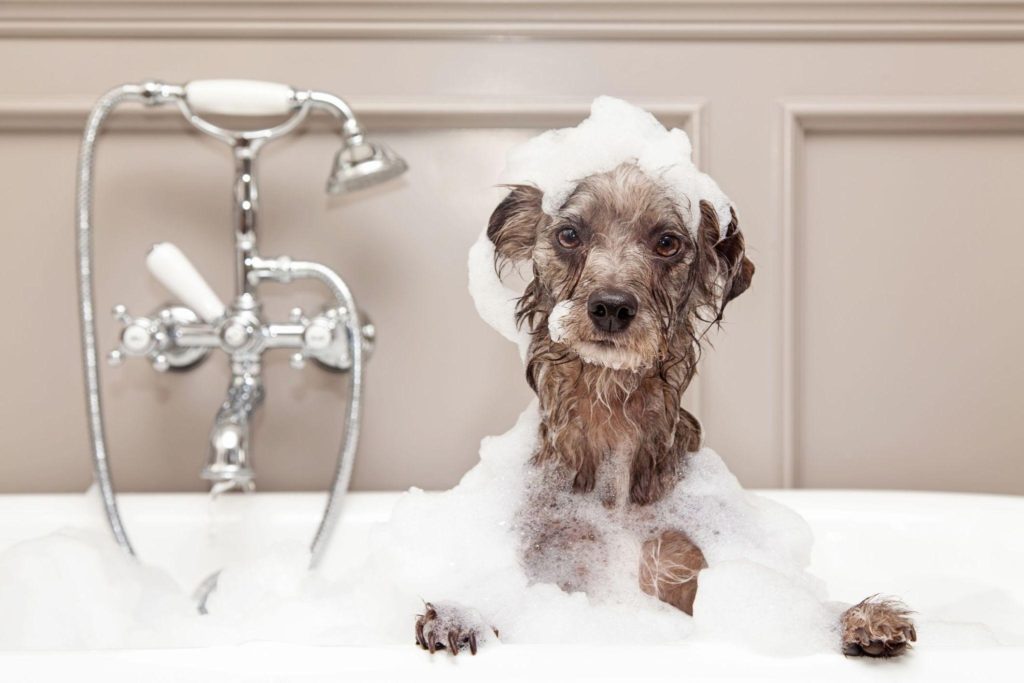
The best way to reduce the amount of pet-related mess in your house is to keep your pets clean. This means regular baths for dogs and cats and regular grooming for both.
Keeping your pet clean is vital for their health and wellbeing, as well as your own. According to the CDC, pets can carry all sorts of dirt, bacteria, and parasites that can cause illness, so it’s essential to give them regular baths.
When bathing your pet, use a mild soap or shampoo for animals. Avoid using human shampoo, as it can be harsh and irritating to their skin. Brushing your pet regularly to remove dirt and loose hair is also essential. This will help reduce shedding and keep your pet from tracking mud into the house.
What’s a Good Daily Cleaning Routine for Your House if You Have Pets?
The first step in creating a cleaning schedule for your house is to decide your daily tasks. These chores will keep your home livable and prevent messes from getting out of hand.
Wiping up Any Pet Accidents as Soon as They Happen
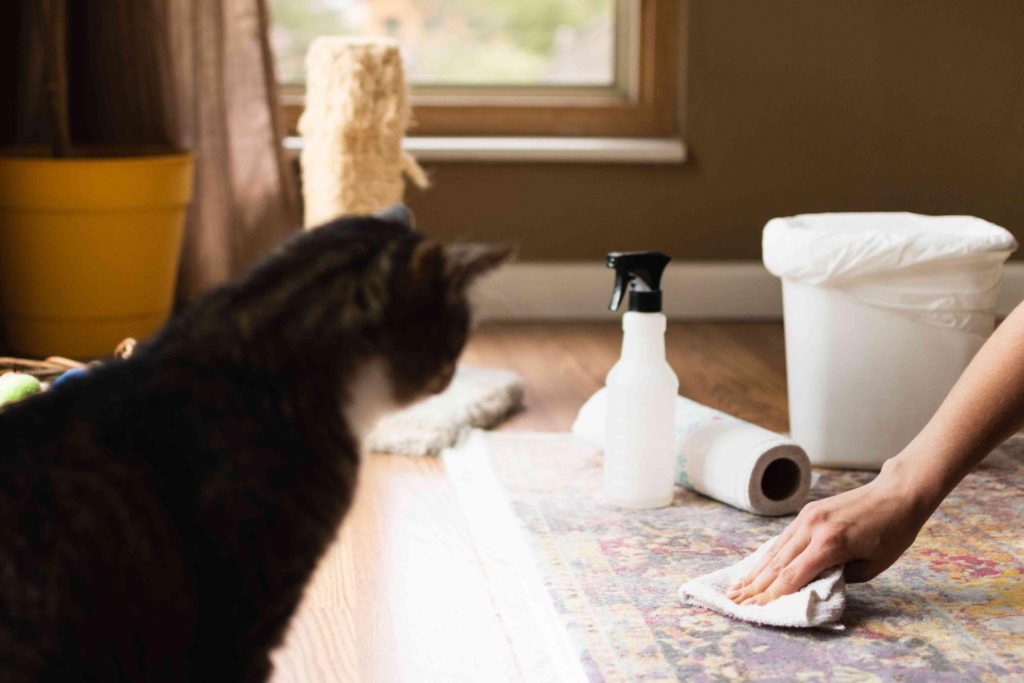
As any pet owner knows, accidents happen. Whether your dog or cat has an accident indoors or you spill their food or water bowl, cleaning up the mess as soon as possible is essential.
The longer you wait to clean up an accident, the greater the risk of stains and odours. Urine, in particular, contains ammonia which can break down carpet fibres and set in deeply, making it difficult to remove. Pet accidents can also attract insects, so it’s essential to clean them up right away. To reduce the burden of cleaning daily, you can always look into a professional cleaning service to roll up their sleeves and do the hard work for you.
Empty Litter Box or Any Indoor Pet Waste
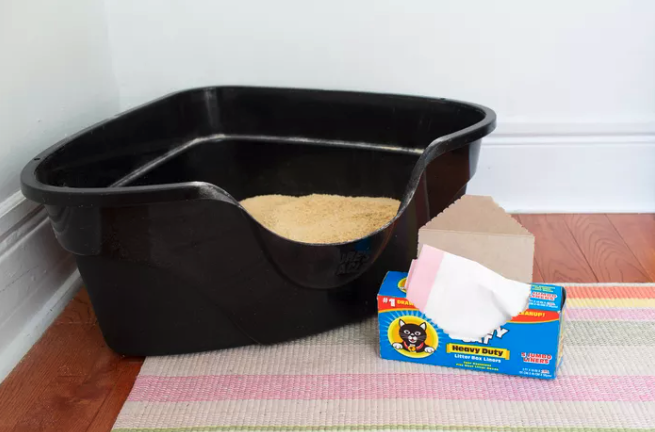
Pet owners should not take pet waste lightly while maintaining a clean and healthy home. If left untreated, animal waste can lead to several problems, including attracting pests, spreading disease, and contaminating food and water sources.
Moreover, pet waste is also a significant source of environmental pollution. To avoid these problems, daily emptying the litter box or any pet waste areas inside your house is vital.
Take Out the Trash
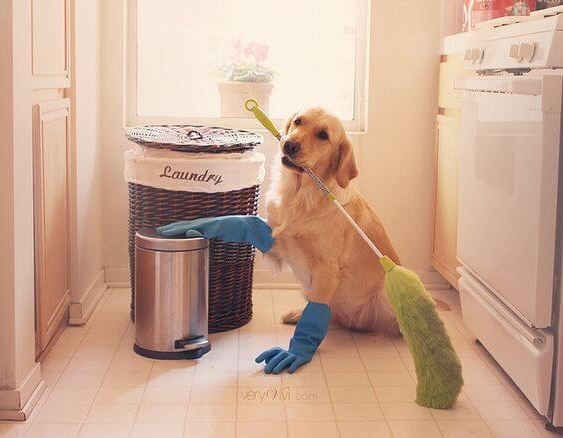
Assuming you have a pet, it’s crucial to take out the trash every day for two reasons: to keep your house clean and prevent your pet from getting into the trash.
Pets are known for being curious and exploring everything in their environment, including the garbage can. Food in the trash may tempt your pet to rummage through it, resulting in a mess.
Additionally, taking out the garbage daily helps keep your house clean and free of unpleasant smells. No one wants to live in a home that smells like rubbish, so it’s essential to be diligent about taking it out daily.
Vacuum Furniture and Carpets, Including Under Furniture
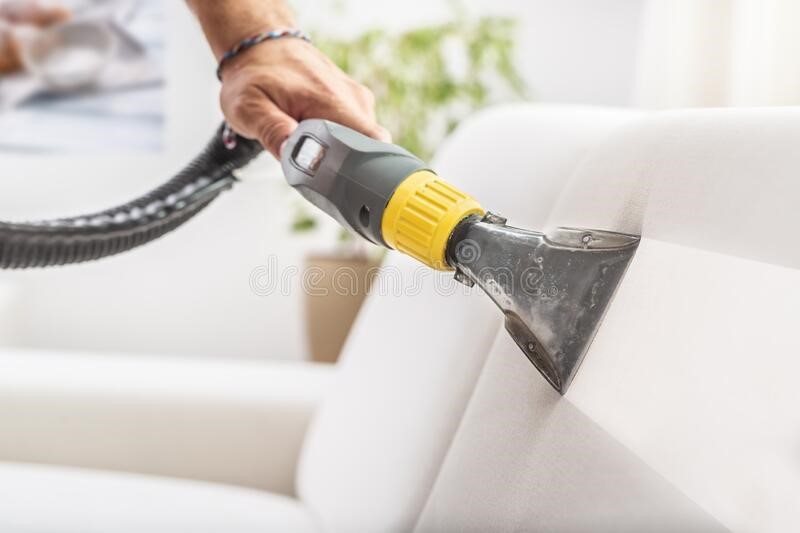
Homeowners with pets should vacuum furniture and carpets daily to prevent the buildup of dirt, dust, and pet hair. Over time, these can lead to stained fabrics and reduced air quality.
Not only that, but vacuuming also helps to remove pet dander, which can be a trigger for allergies and asthma. To reach all the nooks and crannies where dirt and dust accumulate, homeowners should move furniture and vacuum underneath it!
READ: The Importance of Carpet and Upholstery Cleaning
Clean Out Pet Food Bowls and Water Dishes
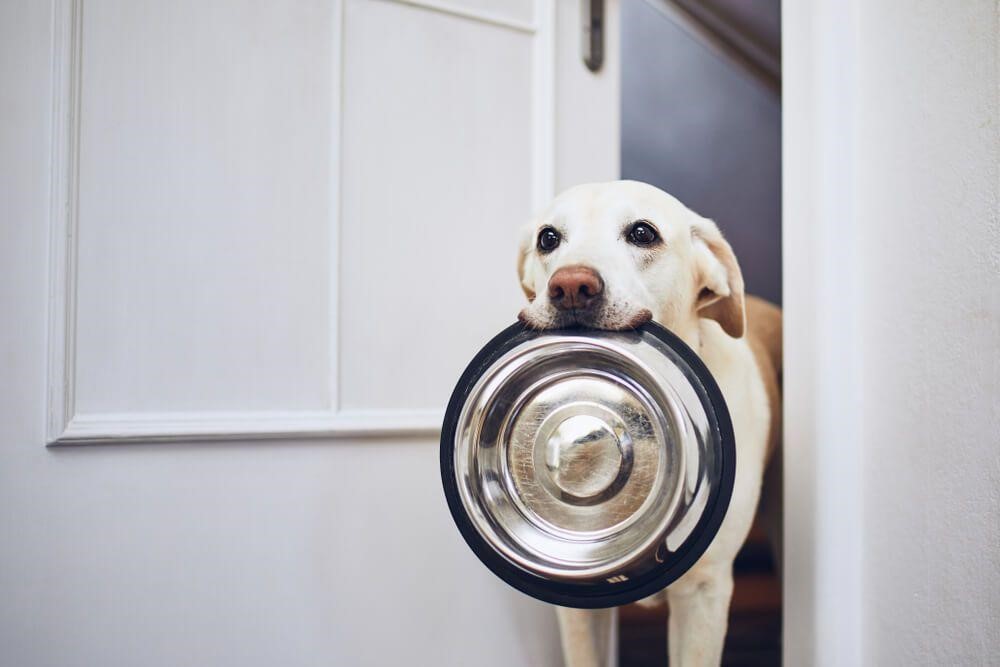
Pet bowls are one of the most germ-ridden areas in the home, according to the National Sanitation Foundation.
Keeping their food bowls and water dishes clean is so important. If these dishes are not cleaned daily, they can quickly become breeding grounds for bacteria, yeast, mould, algae, and fungi.
This can lead to gastrointestinal problems for your pet and other health issues. In addition, dirty food bowls and water dishes can also cause bad breath. No one wants to kiss a smelly dog! The rule of thumb is to keep your pets’ food and water bowls as clean as you would your own.
What Should I Be Cleaning Weekly?
In addition to the daily cleaning tasks, several chores must be done weekly. These include:
Sweeping and Mopping the Floors, Paying Special Attention to Pet Hair
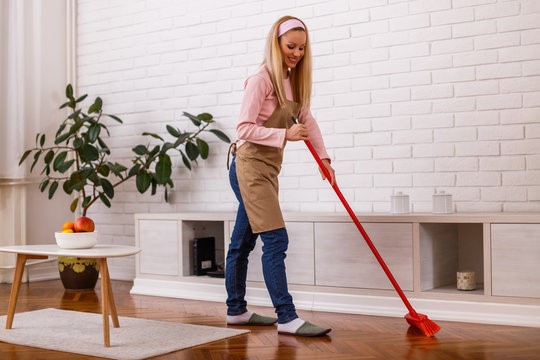
Nalzo The Label, a leading Australian pet accessories brand, says that one of the most important things to do if you have a pet is sweep and mop your floors weekly. Pets can track in dirt, mud, and other debris from outside and shed fur or feathers that can quickly accumulate on floors.
If not removed regularly, this dirt and debris can lead to poor indoor air quality and an increased risk of allergies or respiratory problems. In addition, it can be difficult to remove pet hair from floors that have not been cleaned regularly.
Cleaning Pet Bedding and Blankets

Pet bedding and blankets can quickly become stained and smelly if not cleaned regularly. In addition to being unsightly, dirty bedding can harbour bacteria, fungus, and critters such as fleas, ticks, and mites. These organisms thrive in unclean conditions and can cause serious health problems for you and your pet.
For these reasons, cleaning your pet’s bedding and blankets at least once a week is essential.
The good news is that cleaning pet bedding is relatively simple. First, remove the hair using a vacuum cleaner with a brush attachment.
Most materials can be machine washed using warm water and a mild detergent. However, avoiding using bleach or fabric softeners is essential, as these products can be toxic to animals.
Change Bed Sheets and Towels
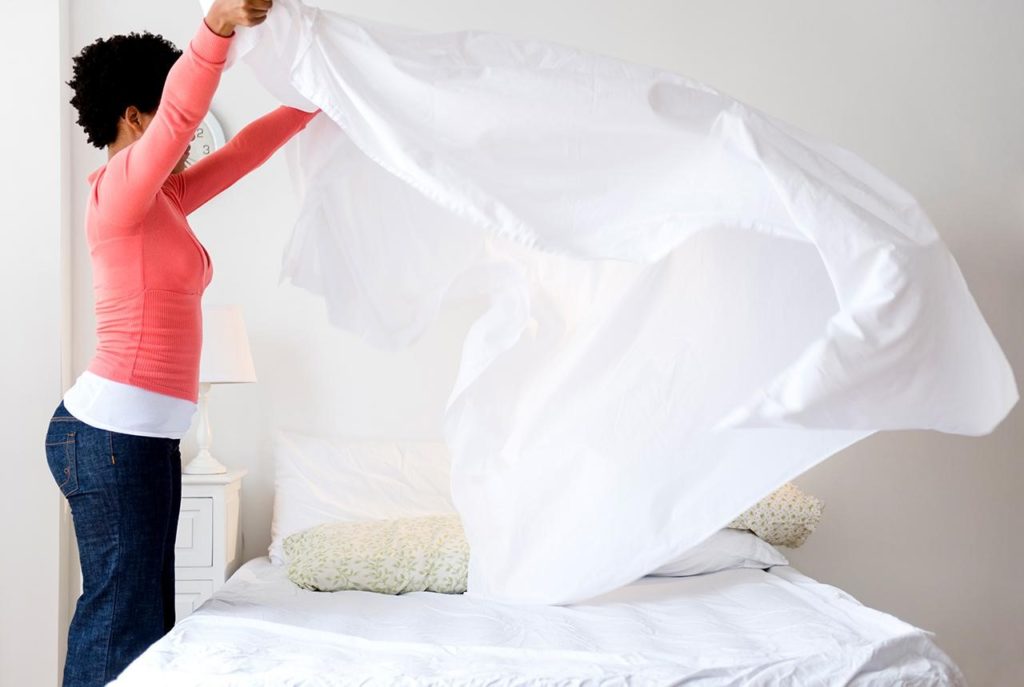
According to cleaning expert Becky Rapinchuk, you should clean your sheets once a week. Bed sheets harbour bacteria, fungi, dirt, and oil, leading to skin irritation, acne, and other problems. Washing your sheets regularly will help to keep you clean and comfortable.
Bath towels can also be a breeding ground for bacteria. So it’s essential to wash them regularly, ideally after every few days. Kitchen towels collect bacteria even faster than bath towels, so you should wash them more frequently. University of Guelph microbiologist Jason Tetro recommends washing hand towels daily if you’re using them to dry your hands or wipe up spills.
Disinfect Pet Toys and Cages/Kennels
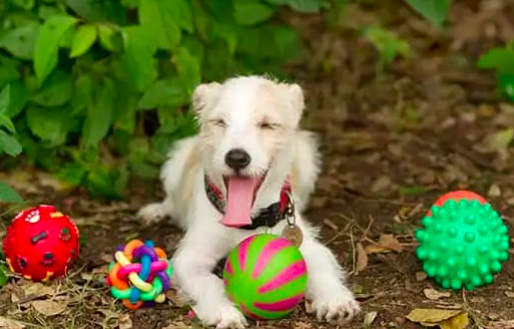
Pet toys are constantly slobbered on, dragged through the dirt, and chewed on, so it’s not surprising that they can quickly become covered in bacteria.
You should take a few extra steps to disinfect pet toys, cages, or kennels. First, soak the toys in a bleach solution — two tsp. of bleach and mix it with one-gallon cool water — for about two minutes.
Then sanitize the toys with the dishwater, and run them on the hot cycle. If possible, continue cleaning the toys with bleach. Next, use dishwater with a final rinse that exceeds: 113°F for 20 minutes or 122°F for 5 minutes or 162°F for 1 minute. Finally, air-dry the toys completely.
Monthly Cleaning
Shampooing Carpets or Upholstery
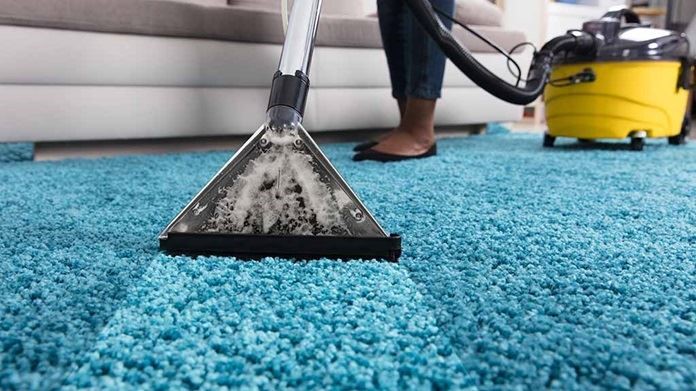
For pet owners, deep cleaning their carpets three to four times per year is essential. Whether it’s a spilled water bowl or a missed litter box, inevitably, your furry friend will occasionally make a mess.
And while a quick cleanup with a paper towel may do the trick for hard surfaces, carpets are another matter.
Over time, pet urine and faeces can penetrate the fibres of your carpet, leading to permanent stains and odours.
In addition, shedding fur can also become embedded in the carpet, leading to unsightly buildup over time. In addition, regular cleaning can extend the life of the carpet by preventing the buildup of dirt and grime.
Deep Cleaning Your Pet’s Bedding
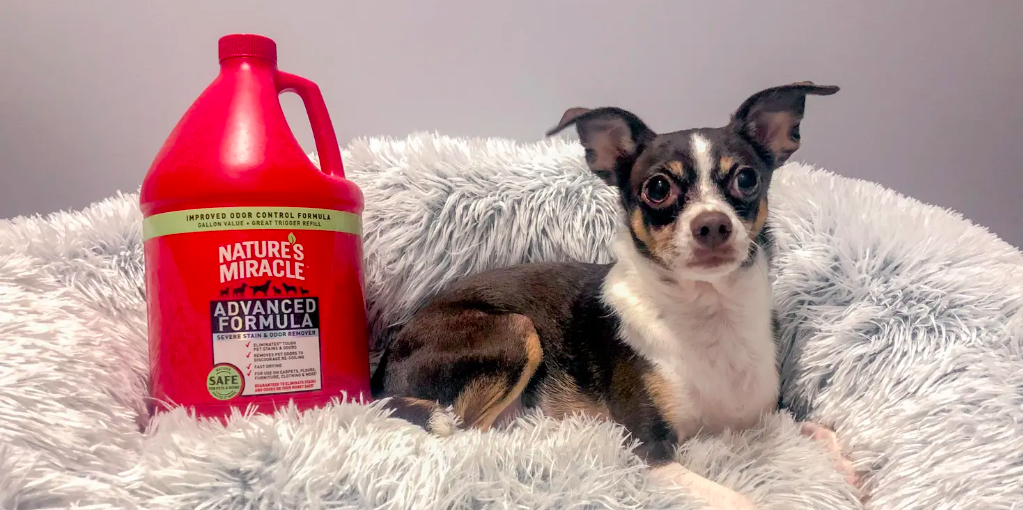
When cleaning your dog’s bed, it’s important to remember that surface cleaning is not enough. Germs and bacteria can quickly pass through the outer material of the bed and find a home in the bedding.
In addition, flea larvae can lurk in the bed, ready to jump back onto your pet when they are sleeping. Therefore, it’s essential to deep clean your dog’s bed regularly.
If you have a removable cover on your dog bed, the best way to clean it is in the washing machine with mild, non-toxic laundry detergent. Most covers are machine-washable, but check the care label before washing.
Then, apply a non-toxic stain remover or diluted vinegar solution and allow it to soak in for a few minutes. Next, gently scrub the area with a soft-bristled brush and rinse with clean water.
For deeper cleaning, you can soak the bedding in a tub or basin filled with warm, soapy water for 15 minutes. Be sure to use a safe, non-toxic detergent such as baby laundry detergent.
Quarterly Cleaning
Here is a guide for quarterly cleaning tasks to help keep your home fresh and clean:
Vacuum Mattress
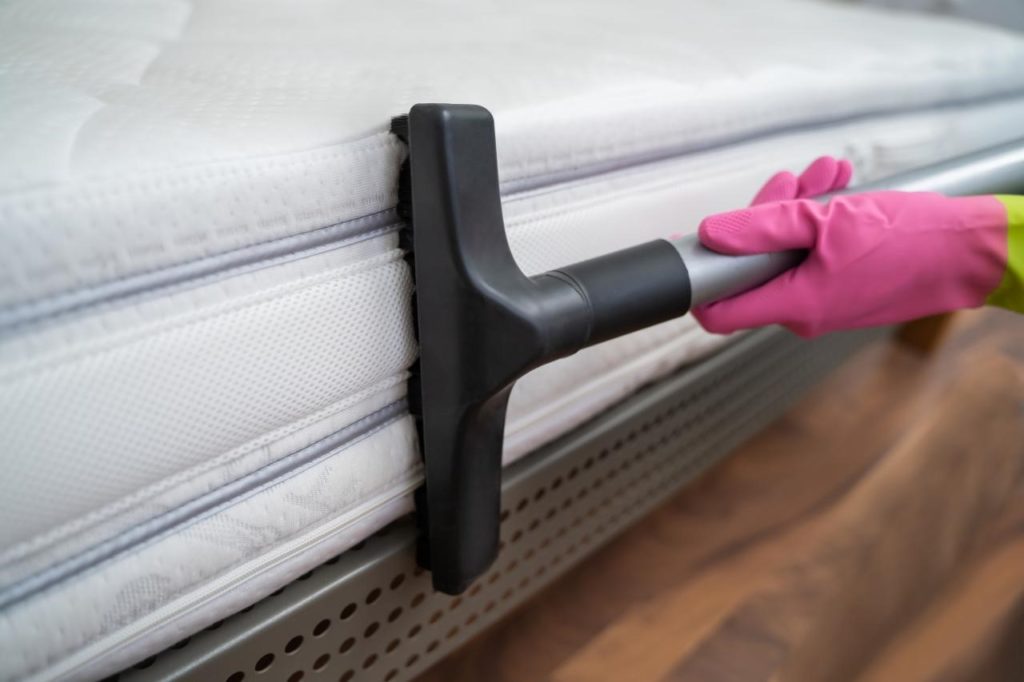
You probably don’t think much about your mattress. After all, it’s just a piece of furniture, right? Wrong!
Here’s a closer look at some of the gross stuff that’s lurking in your mattress:
- Dust: Dust mites are tiny creatures that thrive in warm, humid environments – like your bed! They feed on dead skin cells, and their waste products are significant triggers of asthma and allergies. Not to mention, they’re just plain icky.
- Pet hair: If you have a pet, there’s a good chance your mattress is covered in pet hair. Pet hair can hold onto dust, dander, and other allergens that can cause sneezing, congestion, and other respiratory problems.
- Sweat: You sweat about half a pint every night, most of which ends up on your mattress. In addition to being gross, sweat can also lead to mould and mildew growth.
- Cosmetics: If you wear makeup to bed, it’s likely to end up on your mattress. And over time, all those foundation, powder, and lipstick stains can add up. Plus, if you use oily hair products before bed (we’re looking at you, pomade), they can rub off your sheets and transfer to your mattress.
- Dead skin cells: According to Science Daily, we shed millions of skin cells every day, and a good portion of them end up in our beds. BBC Science Focus states that the average person loses about 1.5 grams of skin daily – that’s the equivalent of an entire sheet of paper!
Cleaning your mattress quarterly can help remove unwanted guests – and it’s a good idea to do it more often if you have allergies or asthma.
The good news is that it’s pretty easy to do. Just vacuum it with the upholstery attachment, spot-clean any stains, and sprinkle baking soda on it to absorb any odours.
You can use steam cleaners or hire a professional cleaning company for deeper cleanings. This will help break down stains, kill germs, and eliminate odours. Calibre Cleaning offers affordable cleaning services such as spring cleaning, driveway cleaning, roof cleaning, tile and grout cleaning, exterior house washing, bathroom cleaning, end of lease cleaning, and many others.
If you have a steam cleaner, this is the best option. However, you can also use a garment steamer. Start by applying short bursts of steam across your mattress’s surface.
Next, give any stains a little extra steam to break them down. You may also want to vacuum your mattress after steaming it to remove any loose debris. Finally, ensure the mattress is completely dry before putting on fresh sheets.
Washing All Throw Pillows and Blankets
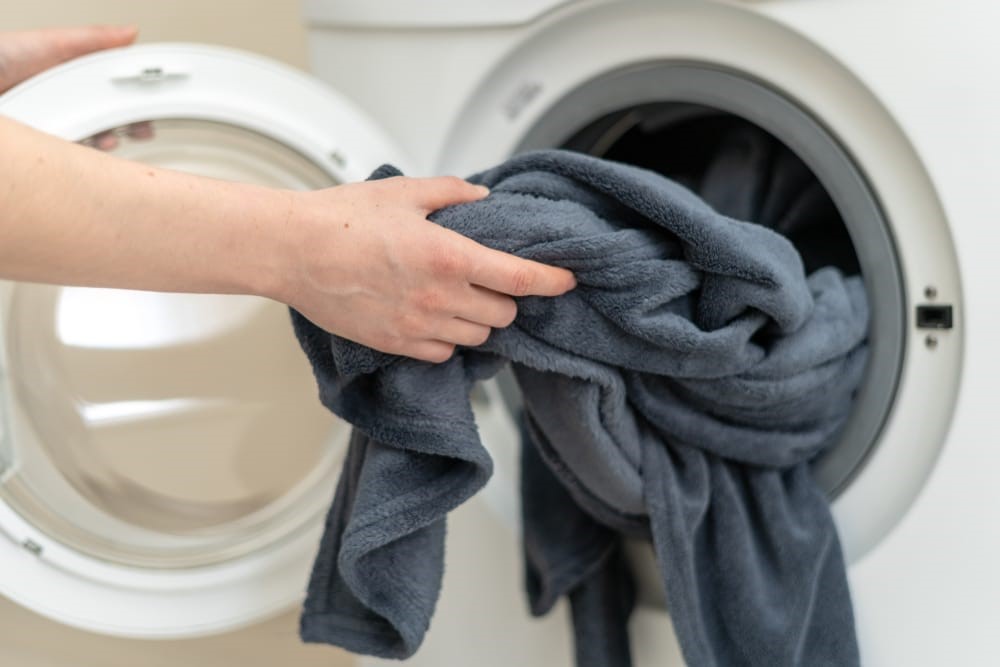
Throws, pillows, and blankets are essential to any bed, but they can also be one of the most challenging things to keep clean. Deep cleaning all these items can seem daunting, but it doesn’t have to be.
Start by gathering all the items you want to clean and sorting them into two piles: natural fibre and synthetic. Natural fibre includes materials like down and wool, while synthetic fibres have materials like polyester and acrylic.
Next, take a look at the care labels on each item. Most natural fibre items can be machine washed on a gentle cycle, but synthetic items may need to be dry cleaned, or hand washed.
Once you’ve sorted and labelled your things, it’s time to start cleaning. Wash two pillows at a time in your washing machine on a gentle cycle with mild detergent.
For dry clean or hand wash items, spot clean any areas that seem particularly dirty, and then air dry the items completely. Once all your pillows, throws, and blankets are clean, please take a moment to fluff them up and ensure they’re looking their best.
Change Air Filters in HVAC Unit
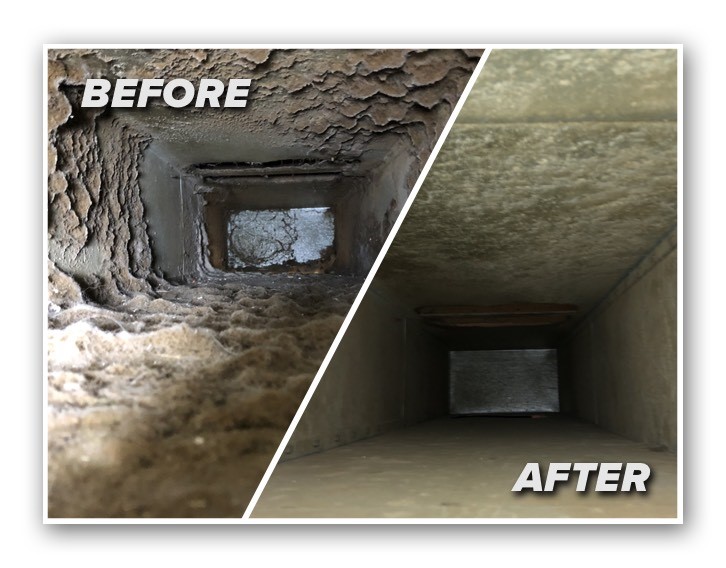
Pets are a great source of companionship but can also be a significant source of shedding. If you have a pet that sheds, you know that the hair can quickly build up on your furniture and clothes.
But did you know that pet hair can also affect your HVAC system? As the hair circulates through the air, it can eventually end up in your ductwork.
When this happens, it can restrict airflow and lead to higher energy bills. In addition, pet hair can act as a filter, trapping dust, pollen, and other allergens. This can cause problems for people with allergies or asthma.
You can do a few things if you’re concerned about pet shedding affecting your HVAC system. First, make sure to brush your pet regularly.
This will help to reduce the amount of hair that they shed. Second, invest in a good air filter. A high-quality filter will help to trap pet hair and other contaminants before entering your ductwork.
Air filters play an essential role in protecting the components of your HVAC system. By filtering out bacteria, mould, and fungal particles, they help keep the fan motors and valves clean and free of dust.
However, if you don’t change your air filter regularly, it will eventually become clogged with dirt and debris (especially if you have pets).
This will restrict airflow and strain the system, causing it to use more power to maintain the same level of performance. For these reasons, changing your air filter every 2 to 3 months is essential to keep your HVAC system running smoothly and efficiently.
Contact our professional house cleaners in Sydney, Hobart, Adelaide, Gold Coast, Perth, Canberra, Melbourne, and Brisbane today!
